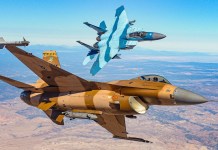American-made M777 lightweight artillery, German-origin Pzh 2000 Self-Propelled Howitzers (SPH) coming from the Netherlands, and the Gepard tracked anti-aircraft gun system are some of the platforms on their way or already reached Ukraine.
F-22 ‘Disaster Averted’ — USAF Credits AGCAS For Saving An F-22 Raptor & Its Pilot From Crashing in Alaska
But expecting them to deliver immediate results on the battlefield is impractical for two reasons. One, Ukraine is facing a determined attacker willing to achieve his objectives regardless of the massive tactical, equipment, and personnel losses.
And with the US Secretary of Defence Lloyd Austin’s admission that the objective is to “weaken Russia” – baring America’s clear geopolitical interest in the war and a not a genuine desire for Ukrainian security – has only raised the stakes for Russia.
Any outcome where Kiev still joins the North Atlantic Treaty Organization (NATO); – or at least gives up its initial offer waiving that desire – continues the war and reverses the Russian gains in Donbass and Crimea; or the war wearing down Russian society that weakens Putin domestically, will permanently sway European politics in the US’s favor.
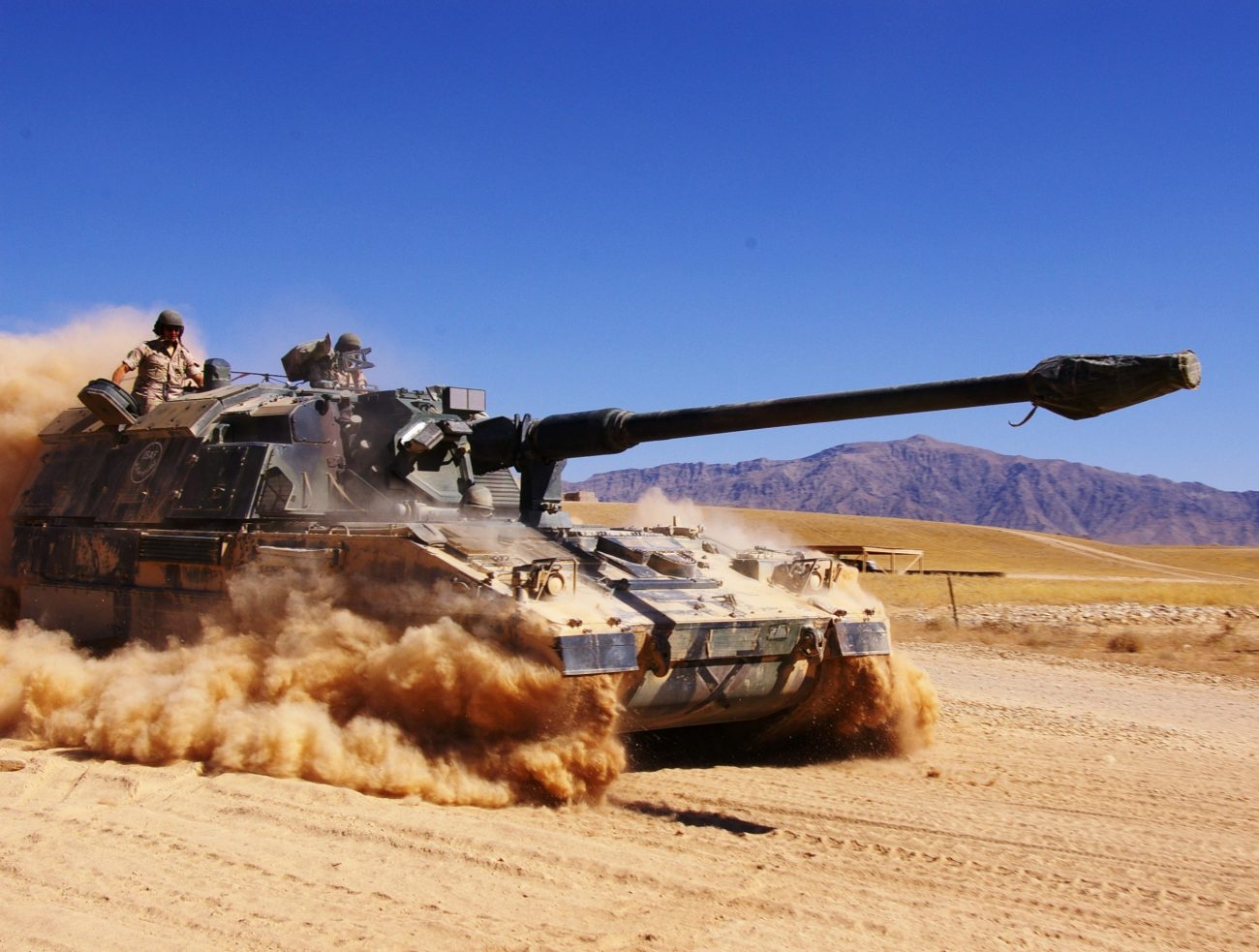
Fortunately for Putin, the Russian people overwhelmingly supported him and the war, with the intervention backed across the political spectrum, from Liberals to the Communists.
Internationally, no one except the G7 countries (US, UK, France, Germany, Italy, Canada and Japan) has condemned the war, with nations abstaining from the United Nations, and rather continuing oil trade with Russia.
There is no way therefore Putin can afford to lose, having a lot riding on the US’s declining global influence, which, if reversed, will affect the second fragmentation of his country.
And second and most notably is the simple military constraint of training an army on new weapon systems before just throwing them into the fray.
New series of combat platforms reaching a country alone takes months. They then need to be backed by an entire chain of logistical, maintenance and repair infrastructure, which includes an adequate supply of ammunition, spare parts, and possibly other sets of equipment and tools for their upkeep, which is also measured in months.
This is followed by soldiers and support crews intensively training and developing tactics in harmony with the weapon’s capabilities. Not a matter of weeks, but months again.
The process is even expected to be longer in Ukraine’s case, where its combatants will have to re-orient from operating Soviet-era and influenced weapons to the newer Western platforms, which have radically different design and operational philosophies.
Ukraine’s eyeing the German Marder Infantry Fighting Vehicle (IFV) is one example of the intersection of the origin, delivery time, logistical and training/crew familiarity constraints.
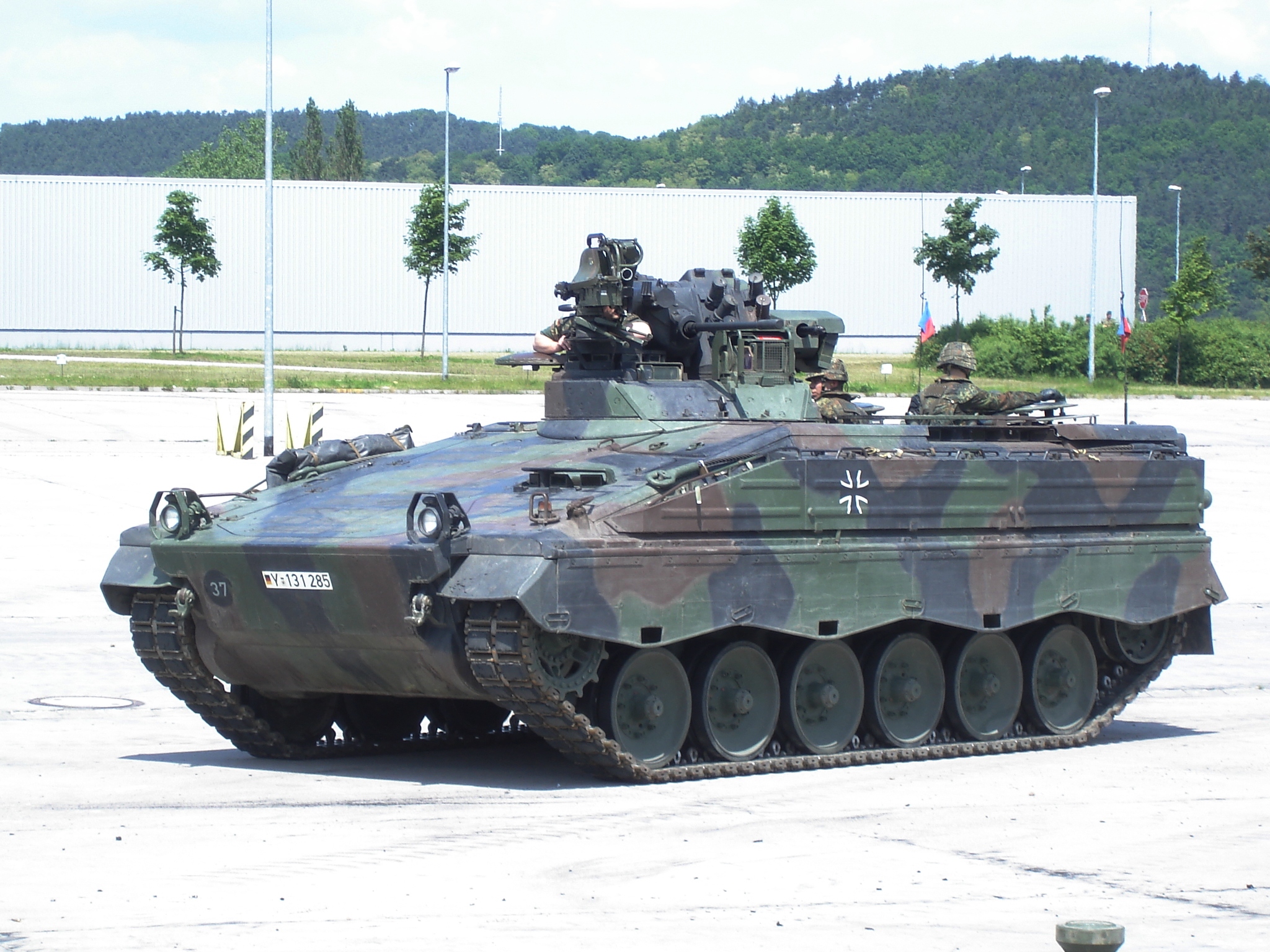
With Ukraine having requested around 100 of them, Germany, while willing to arm Ukraine, still feared they might deprive the Bundeswehr of reserve stocks. The Bundeswehr chief Lt Gen Alfos Mais had rued not having invested in their military in pursuit of assuaging their wartime guilt as it is.
The Marders were phased out following service in Afghanistan, replaced by the newer Puma IFV.
Even if they do decide to part with some Marders, Rheinmetall won’t be able to deliver the refurbished IFVs before late 2022. And Ukrainian mechanized/motorized infantrymen honing their skills on the sleeker and comfortable machines from the rugged Russian-origin BMP-2 IFVs will be another process.
Rheinmetall has offered 50 Leopard 1A5 tanks, but over the next three months, with the Ukrainians possibly saddled with a 1950s-era Main Battle Tank (MBT) that has a weaker armor.
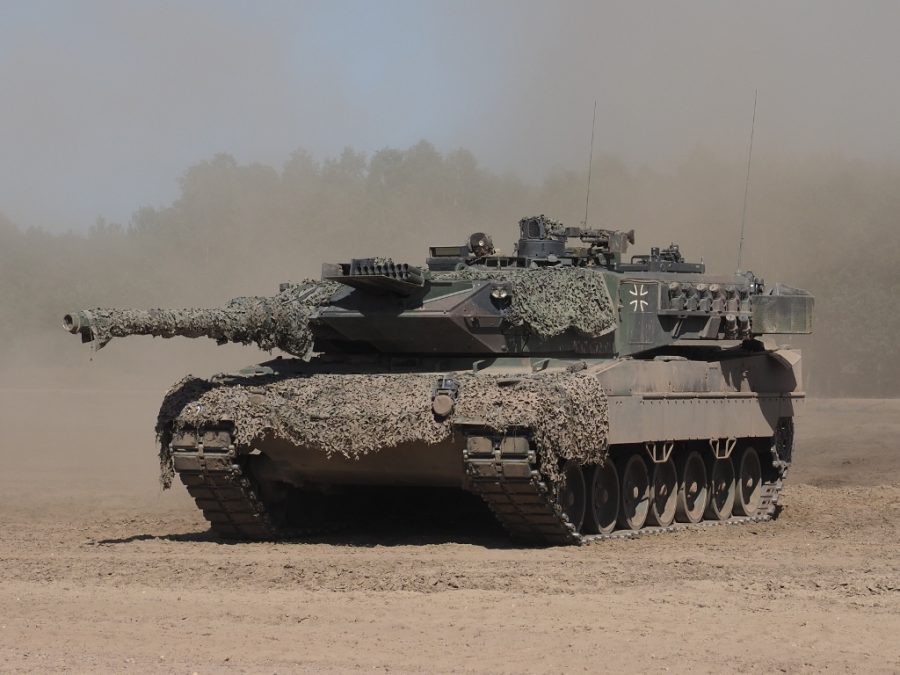
Not to mention how training on them will entail pulling out active units, ceding the advantage to the Russians. And say the units take the risk of leaving the battlefield for training on the new tanks, synergizing together like a tank commander-gunner/loader-driver crew is no easy task.
Having to scale that up to a tank platoon, company, battalion and brigade-level cohesion is another effort, according to retired US Army Lt Col Daniel L. Davis.
Deciding to train afresh leaves Ukraine with the terrifying choice of having to hold the lines defensively from a few months to a year until newly trained units are ready to mount counter-offensives.
Even then, the venue for training, either within Ukraine or in another friendly country, would come under attack from Russia. It had struck a training base hosting foreign volunteers earlier while having warned Europe and the US that convoys supplying arms to Ukraine would be legitimate targets.
Will Europe and the US, which had emphatically ruled out fighting Russia directly, host Ukrainian soldiers and be drawn into the war?
This also overlaps with the logistical dimension, where sufficient spare parts and ammunition should be made available for the rigorous training phase and their subsequent deployment.
Worse, today’s Covid-choked global supply chain issues compounded by rising protectionism already disrupting regular economic and commercial activity might quite literally throw a spanner in the tanks’ works. Neither can Ukraine develop spare parts domestically at this stage, given how Russia far-sightedly targeted its defense industry in the initial days?
Thus delayed, weaker, and unfamiliar mechanized platforms for the vital eastern theatre in Donbass will be a huge handicap for Ukraine. The heavy land warfare platforms are the only ones that can punch through the fortified defensive lines of the breakaway Luhansk and Donetsk Peoples Republics (LDPR) and the Russian army, which is expected to exploit the minimal urbanization and open fields to bring greater force to bear.
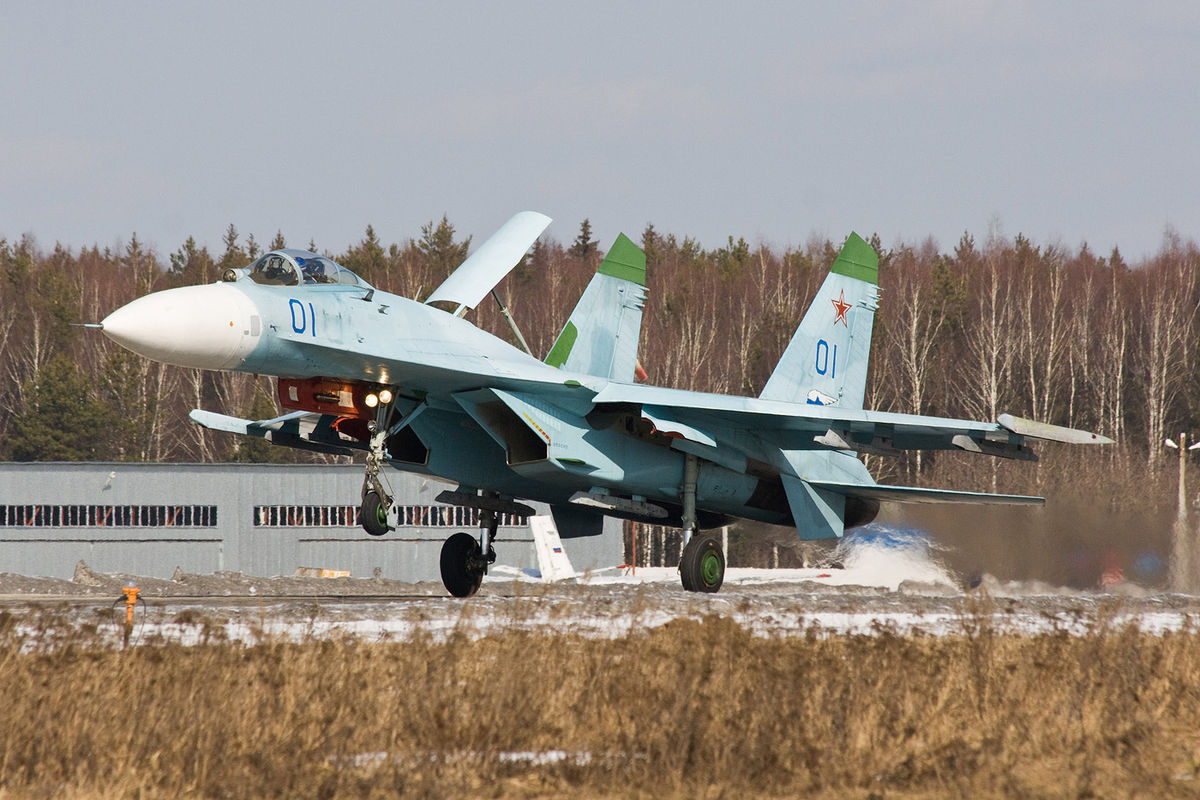
The Ukrainian Air Force (UAF), meanwhile has its own woes with the older generation Su-27s. According to Col Yuri Bulavka, these and the MiG-29s don’t have powerful airborne radars and missiles with active homing, unlike the American F-16, F-15 or F-18.
Bulavka appealed for these jets and claimed to have an “action plan to retrain pilots and engineering personnel quickly” on these jets.
Ukrainian Su-27s pack the infrared seeker-controlled R-27ER and passive-radar-guided R-27ET, both of which lack the ‘fire-and-forget’ and active radar system that Russia’s R-77 has, fired by the Su-30 and Su-35.
The ETs semi-active radar seeker has to be guided to the target, requiring the pilot to stay on course, even flying straight. Since the radar isn’t even inside the missile, even turning the nose away will cause it to veer off course. The jet, meanwhile, closes the distance and risks getting shot back.
- The author can be reached at satamp@gmail.com
- Views Personal of the Author
- Follow EurAsian Times on Google News


